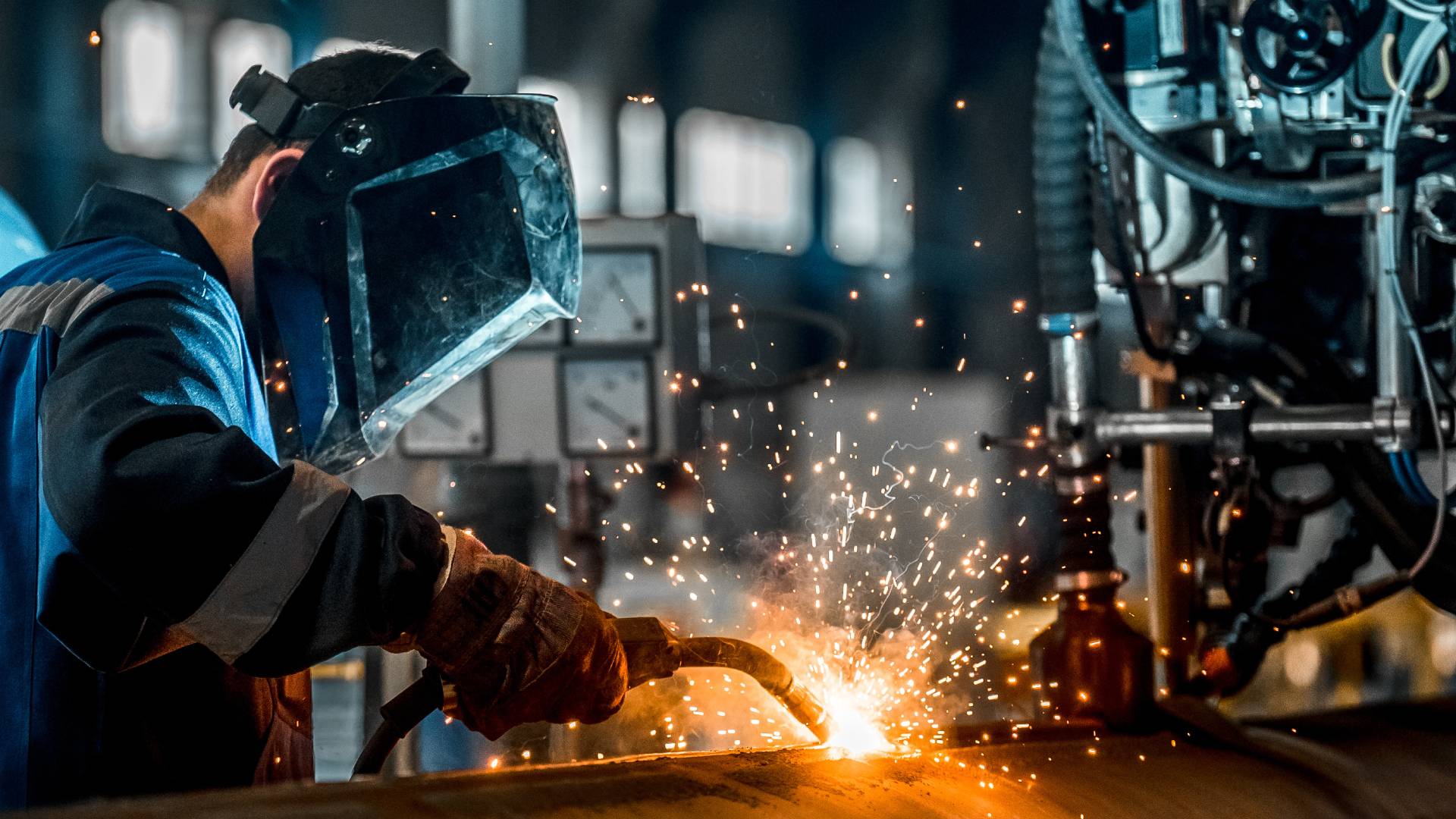How AI Is Transforming the World of Welding

Welding, an ancient craft with origins tracing back centuries, has long been a critical component of construction and manufacturing. Now, as we stand on the precipice of technological advancement, the integration of artificial intelligence (AI) in welding presents unprecedented opportunities.
For welders and technology enthusiasts, this fusion signifies more than just a new tool; it represents a revolution in precision, safety, and efficiency. We’re taking a deep dive into how AI is transforming the world of welding and what this means for aspiring and current industry professionals.
Precision and Safety Gains From AI Integration
The introduction of AI into welding has dramatically improved precision, enhancing the quality of welds in ways previously unimaginable. Smart sensors and AI-driven algorithms now guide welders, ensuring exact alignment and reducing human error. This precision boosts efficiency and contributes significantly to safety.
AI systems monitor conditions in real time, providing alerts and adjustments to prevent potential hazards. For welders, these advancements mean working in safer environments, which ultimately reduces risks associated with traditional welding practices.
AI Streamlines Welding Workflows
Efficiency in welding has been redefined with AI’s ability to streamline workflows, minimizing time and material waste. Automated welding systems powered by AI now carry out repetitive tasks with speed and accuracy that surpasses human capabilities. This accelerates project timelines rapidly and results in cost savings for manufacturers.
In practice, AI-powered robots are already being used to weld complex components in industries such as automotive and aerospace. These examples demonstrate how AI is not just a theoretical concept but an actionable tool driving efficiency in real-world scenarios. Welding has evolved over the centuries to now adapting AI for better, safer, more efficient workflows.
Training Welders for an AI-Infused Future
AI’s influence extends beyond immediate task execution to the realm of education and skills development for welders. Training programs now incorporate AI technologies to equip the next generation with skills tailored for an AI-driven industry. Simulators and virtual reality tools augment traditional training, allowing budding welders to practice in dynamic environments.
Welders must adapt to these technologies and learn traditional techniques while also understanding AI interfaces and systems. This combination keeps professionals competitive and effective in a rapidly evolving field.
Navigating AI Challenges and Opportunities
While AI offers remarkable benefits, its adoption in welding faces several challenges. Concerns about job displacement and the cost of integrating new technologies can hinder progress. However, these hurdles also present opportunities for innovation. As the industry evolves, new roles will emerge, focusing on AI system management and maintenance.
Welders can transition into these roles, leveraging their expertise in both welding and technology. By addressing these challenges proactively, the welding industry can harness AI’s full potential for growth and advancement.
AI is undeniably transforming the world of welding, offering improvements in precision, efficiency, and safety. The integration of AI into this ancient craft represents a significant evolution, positioning welding for a future where technology and tradition coexist harmoniously. Welders and technology enthusiasts should stay informed about these advancements, as they hold the key to the industry’s continued success. Embrace AI as a tool and watch your work soar.






